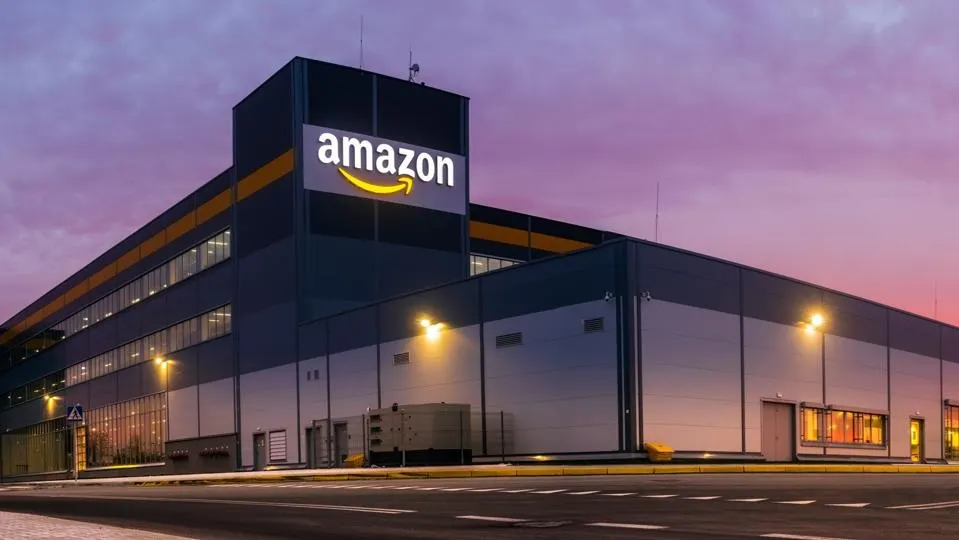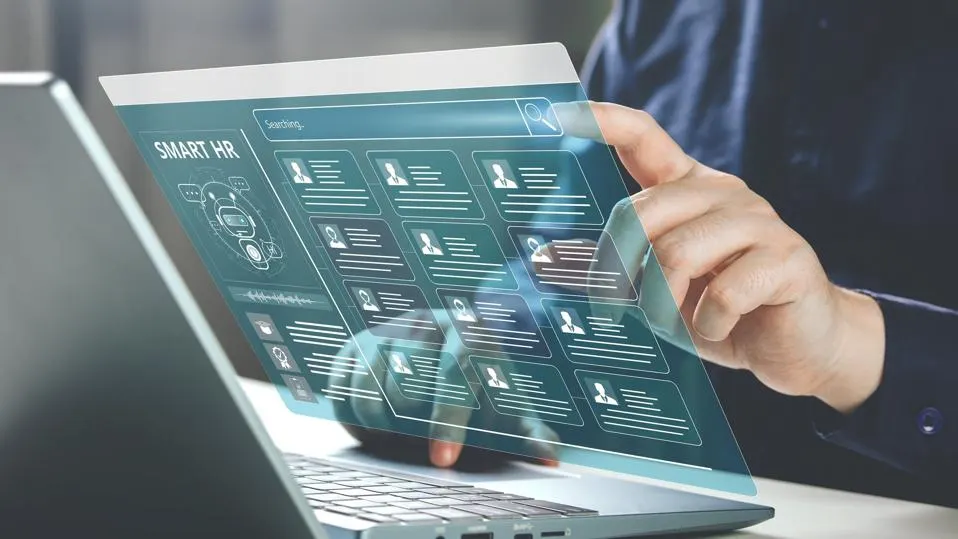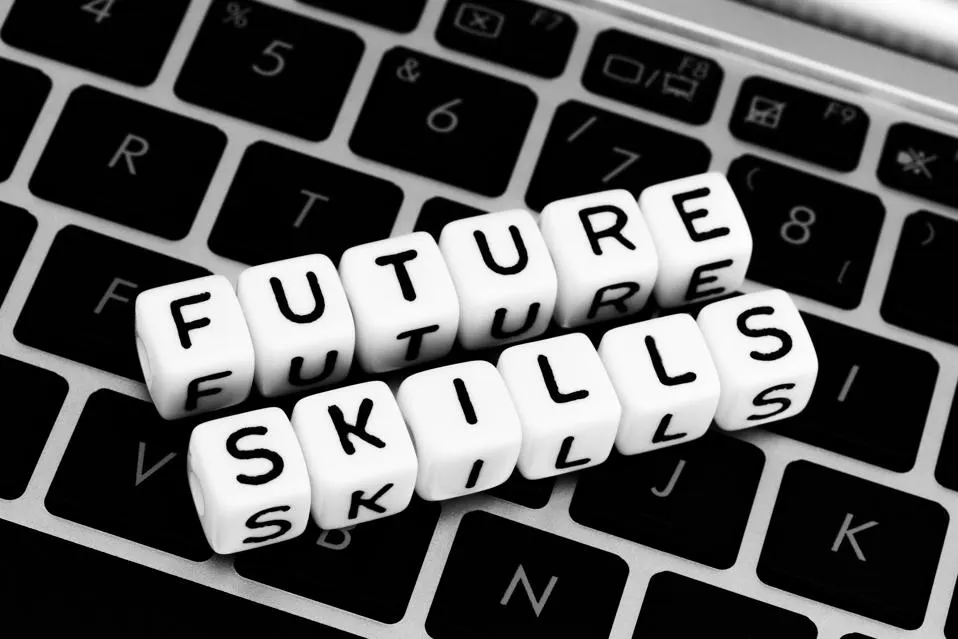The Future Of Work: Are You Ready For Smart Cobots?
2 July 2021
What if robots didn’t take the place of humans, but worked alongside them? That’s precisely the reality when cobots—collaborative robots—are added to the workforce. When you can design your workflow to capitalise on the best attributes of humans and robots, there are many benefits.

What is a cobot?
Cobots are the latest generation of robotic systems, and they are intended to work alongside humans. Thanks to enhancements in sensor and vision technology, cobots do not need to be secured behind a cage to keep humans in the workplace safe from the rapid movements and heavy bulk that are typical in earlier generations of industrial robots.
Advances in computing power and robotic technology along with a smaller price tag, an average of $24,000 each, make cobots a realistic option for small- and medium-sized businesses. Now the benefits of advanced robotics are available to these companies to help them compete with larger manufacturers.
Cobots are:
- Easy to programme: No programming expertise is needed to set up and operate cobots quickly. Often, they are virtually plug and play or easily programmed through a tablet or by adjusting the cobot’s arms.
- Fast to setup: Unlike traditional industrial robots that take weeks to be operational, the setup time for most cobots is just a few hours.
- Flexible: Traditional robots are often bolted to the floor and deployed for a particular application. Cobots are flexible and mobile, don’t require a lot of space and can be redeployed very easily to support new and multiple applications.
- Safe: Cobots don’t need safety cages to keep your human workforce safe on the job when they are working. They can sense obstacles and adjust their speed or reverse to avoid crashing into humans (or other obstacles).
How are cobots used in operations?
The more dirty, dull and dangerous tasks cobots can take over from humans, the more opportunity people will have to take on higher-level or creative functions. Here are a few ways cobots are used:
Hand guiding: Similar to a traditional industrial robot, a hand guiding cobot has an additional device at the end of its arm that is pressure sensitive. This allows the human operator to teach the cobot how to hold an object or how fast to move something so that nothing gets damaged.
Power and force limiting: When a power and force limiting cobot senses something abnormal in its path, it can stop all movement or reverse movement if necessary to avoid impact. These cobots are designed to regularly collaborate with humans.
Safety monitored stop: This operation allows a cobot to work independently, but when a human needs to intervene, the cobot will sense the presence of the human and stop all motion until the worker has left the safety zone.
Speed and separation monitoring: Similar to the safety monitored stop, the cobot operates in a safety zone. Rather than stop when it senses someone has entered the safety zone, it can slow down and track the location of the human. If the human gets too close, it will stop.
Cobots in operation
While cobots might be the workforce of the future, at this point, they still represent a small portion of the annual sales of industrial robots each year. Several companies are showing improved efficiencies, lower costs and removed the dull, dirty and dangerous tasks from humans when they have humans and cobots working together. Here are a few ways they are currently deployed:
Ford Fiesta plant: In Cologne, Germany, Ford factory workers, and cobots are teaming up on its assembly lines to instal shock absorbers on cars.
Amazon fulfilment centre: Cobots bring shelves of merchandise to Amazon associates to prepare for shipment. Now that robots are on the job, it takes just 15 minutes to complete an order that used to take an hour.
Online supermarket Ocado: Similar to how Amazon uses cobots, the human pickers who fill orders stay in one place, while the cobots move around to get products.
Companies are turning to technology to compete in response to shrinking labour pools as Baby Boomers retire, and labour costs increase. Cobots manufactured by companies such as Rethink Robotics, Kuka, and Universal Robots hope to provide solutions to these labour and cost concerns. We can only expect interest in cobots to continue as the new reality of humans working alongside robotic colleagues becomes the standard for better performance.
Related Articles
5 Employee Experience Mistakes Companies Will Make This Year
By now, “smart” versions exist of just about every home appliance, gadget and gizmos we can think of. However, manufacturers continue[...]
The Amazing Ways Amazon Is Using AI Robots
Amazon, the e-commerce giant, has long been at the forefront of technological innovation.[...]
What HR Functions Can Companies Automate With AI?
HR teams have moved beyond administrative and personnel-focused duties and are[...]
The True Value Of Data And AI In Human Resources
As we venture deeper into the digital era, the scope and possibilities of data and artificial[...]
The 10 Most In-Demand Skills In 2024
In my book Future Skills: The 20 skills and competencies everyone needs to succeed in a digital world, I look at the skills everyone will need over the next 5-10 years.[...]
The Top 5 Tech Trends In 2024 Everyone Must Be Ready For
Once again, we’ve reached the time of year when we look ahead at what technology has in store for us in 2024.[...]
Sign up to Stay in Touch!
Bernard Marr is a world-renowned futurist, influencer and thought leader in the fields of business and technology, with a passion for using technology for the good of humanity.
He is a best-selling author of over 20 books, writes a regular column for Forbes and advises and coaches many of the world’s best-known organisations.
He has a combined following of 4 million people across his social media channels and newsletters and was ranked by LinkedIn as one of the top 5 business influencers in the world.
Bernard’s latest book is ‘Generative AI in Practice’.










Social Media